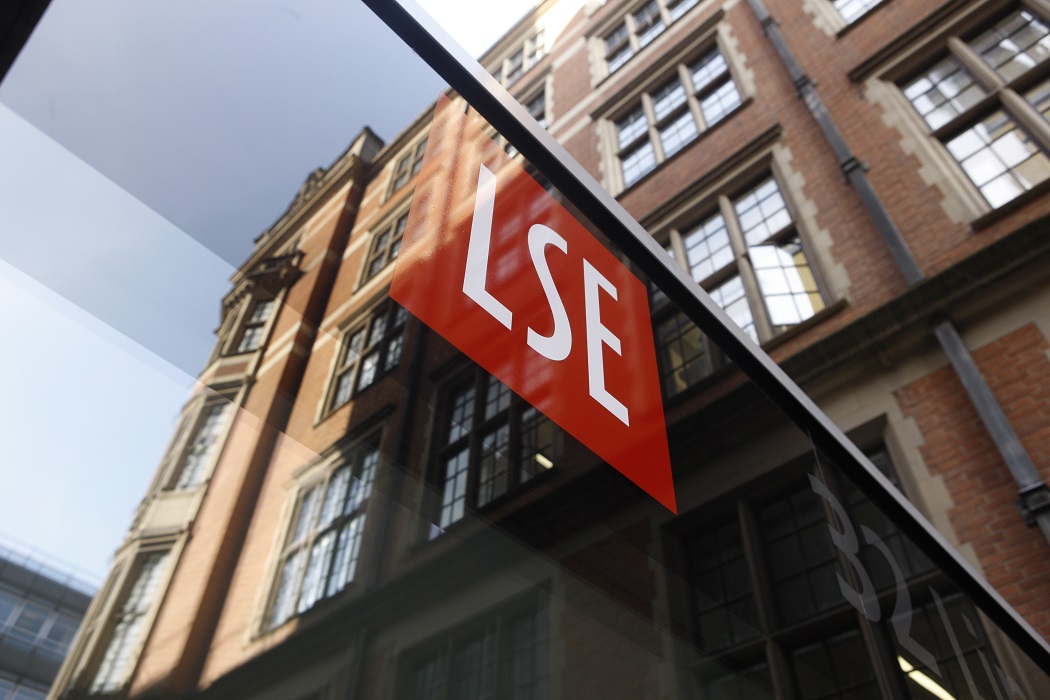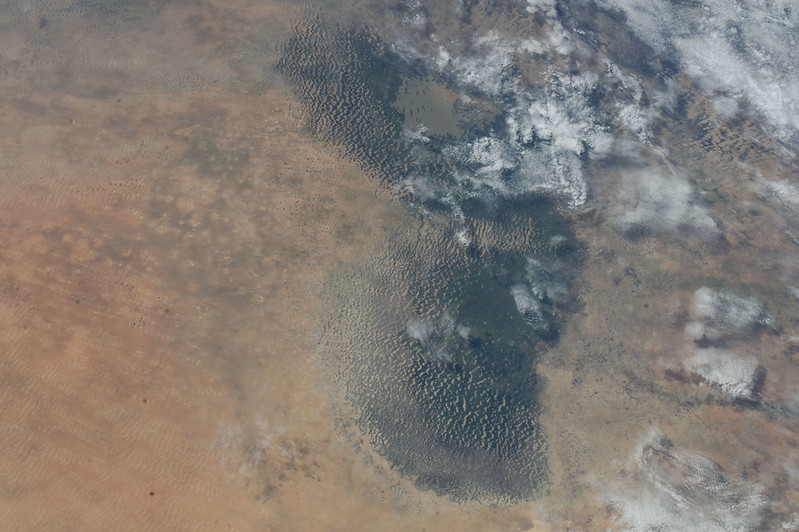LSE’s Matthew Le Riche is in Rubkona in South Sudan, which was under attack by Sudanese forces on Monday. He sent this report of the situation in the town. You may find some of the photos accompanying the report distressing.
Early on Monday morning, at least two Sudanese military jet fighters attacked the market in Rubkona near Bentiu, 80 kilometres from Heglig, depending on where you place the border it remains well inside South Sudan. At least one civilian, a young boy, was killed by one of two direct hits on the small shelter in which he was hiding. Other munitions hit a fuel store nearby and others fell into the river near the market, not far from the only bridge in the area.

This blatant attack on civilians occured just days after the South Sudanese army agreed to withdraw from the disputed Heglig area in a ceasefire agreement compelled solely by international diplomatic pressure.
The Sudanese Armed Forces have once again launched an assault on civilians inside South Sudan. Reliable sources also indicated that throughout Sunday and at the same time as the jets attacked the market in Rubkona, a series of attacks upon South Sudanese army border defenses were repulsed.

Capturing and holding Heglig from the Sudanese army earlier this month came after a long string of similar indiscriminate attacks just as those experienced this morning by civilians in Rubkona. The South Sudanese army Chief of General Staff James Hoth Mai, Deputy Minister of Defence Majak Agoot and other leaders have all indicated that the original move into Heglig was for the purpose of preventing attacks by Sudanese forces on the people of South Sudan, what they clearly understand as an act of self-defence. In an interview General Mai indicated that ‘Khartoum has been using Heglig to terrorise our people, to attack our people, using proxy war with militias in the South … they attack us and then they run to Heglig.’

The capture of Heglig by the SPLA revealed Sudanese Armed Forces unwilling to fight for Bashir. Rather than stand and fight, the forces fled leaving equipment and arms behind for the SPLA to capture. This was made clear in video footage of the event acquired from the South Sudanese military.
The withdrawal, due to international pressure and efforts at conciliation on the part of the government of South Sudan, seems to have done little but to embolden President Bashir to continue attacking the South Sudanese, likely a part of a bid to cling to power in Khartoum. Bashir and northern Sudanese forces are thus continuing to target civilians using high tech tools of war as the needless death of a young boy on Monday morning made so tragically clear.





The author writes: “Other munitions hit a fuel store nearby and others fell into the river near the market, not far from the only bridge in the area. This blatant attack on civilians occured just days after the South Sudanese army agreed to withdraw…”
Would the fact that the bombs continuously fall just near the only bridge in the area not indicate that perhaps the bridge is the target not civilians themselves rather that the civilians are killed in Khartoum’s failed efforts to destroy the bridge (so-called collateral damage)? Vast amounts of the supplies the SPLA transported (and continues to transport) to the border for the armed conflict with Sudan cross this bridge.
As well might it not be of use to look at where the “long string of similar indiscriminate attacks” were made to see if bombs were dropped on, for example, major transport lines for the SPLM-A, JEM, or SPLA or on SPLA-N/JEM outposts, bases, or training camps? Such an investigation would, without much difficulty, uncover information that makes calling such attacks “indiscriminate” difficult to say with any degree of certainty.
There is a quite a body of evidence that, within South Sudan itself, Khartoum is largely dropping bombs on military targets, the bulk of which are associated rebel movements (SPLA-N/JEM) illegally hosted by the Government of South Sudan, and civilians are being killed because they happen to be near such targets.
It may be suggested that those writing, institutionally representing the LSE, would do well to ensure the validity of their claims independently and not report simply what is “seen” (even if what is seen is tragic) or claimed by one party in a war as the “truth” without rigorous investigation. The LSE should have the highest standards.
Article 8(2)(iv) of ICC statute (taken from the Geneva Conventions) makes it clear that ‘collateral damage’ is not an acceptable justification for bombing civilians. It requires proportionality to the military objective. Even if the bridge, for example, was a legitimate military target, why bomb it on a Monday morning when there are bound to be many civilians near the market and the bridge?